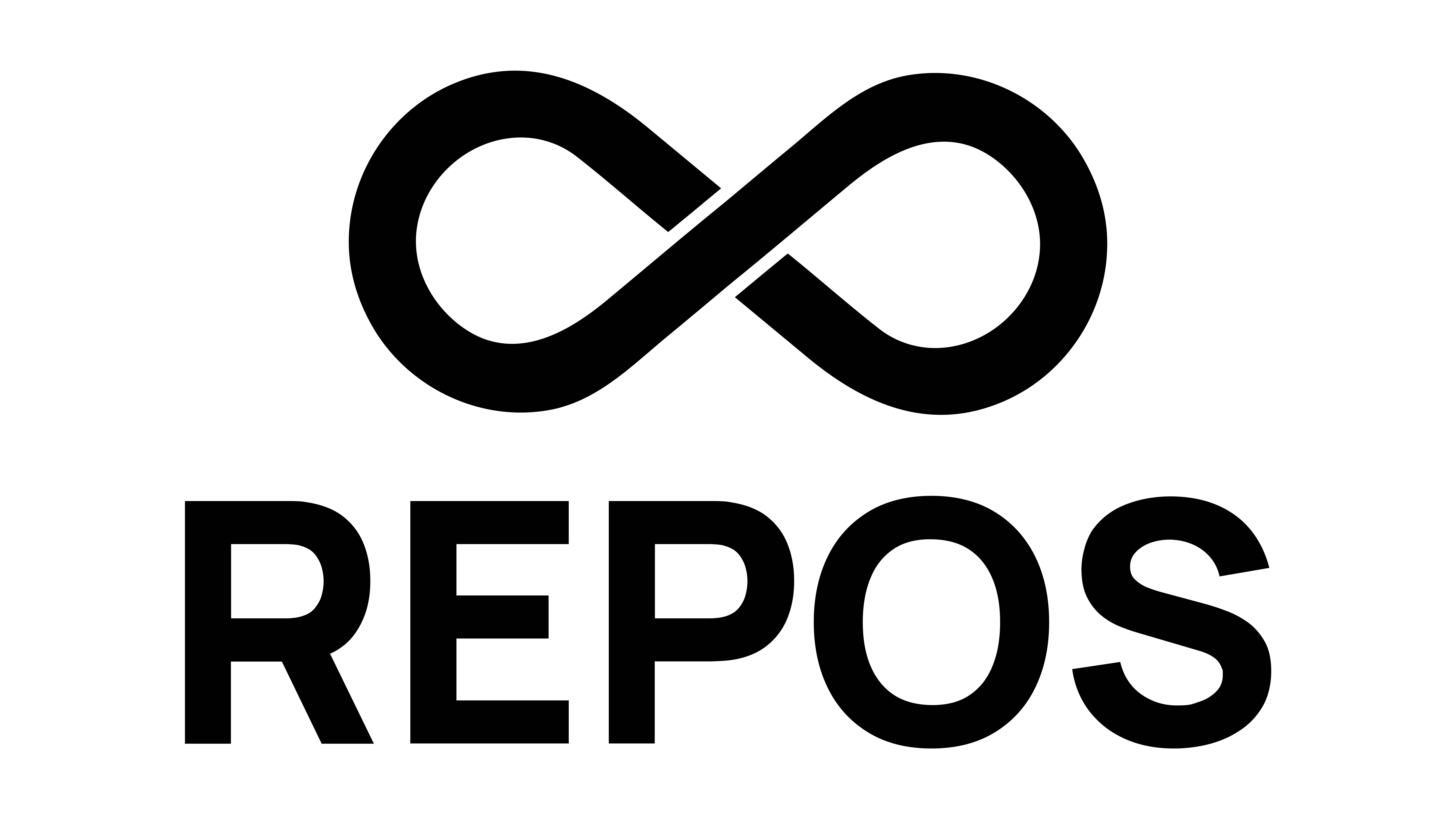The 21st century will be significant in how we make the transition to a future with clean energy. Catering to the rising demands of energy while reducing its consequence on the planet is one of the most significant challenges of the 21st century.
Clean fuel is reliable as it will help to meet this challenge by reducing emissions and improving air quality when it eventually replaces coal and diesel.
What is clean fuel?
Clean fuel is energy that is treated with ethanol to produce fewer greenhouse emissions. There are multiple kinds of clean fuels, based on the ratio of ethanol or biodiesel mixed with traditional fuel.
Clean fuel is a fuel whose carbon intensity is lower than the appropriate clean fuel standard for petrol and diesel. Clean fuel is a natural fuel, like compressed natural gas (CNG) or liquified petroleum gas (LNG), or a mix. Clean energy comes from energy sources that are accessible. It produces less pollution than the alternatives and it is used as a substitute for fossil fuels.
What are some examples of clean fuel?
Clean fuel includes most types of ethanol, biodiesel, natural gas, biogas, electricity, propane, and hydrogen, CNG, LNG.
What is natural gas?
There are four naturally occurring gases. When mixed in the correct ratios, they create natural gas. The four natural gases are methane, ethane, butane, and propane.
- Methane, a non-toxic gas, is the main ingredient in natural gas, making up over 80% of the mixture. Its chemical formula is CH₄ making it the simplest form of hydrocarbon molecules
- Ethane is only two-carbon alkane. Ethane typically makes up 1% to over 6% of the natural gas mixture, making it the second-largest fossil fuel component
- Propane’s formula is C₃H₈, which makes it a three-carbon alkane. Small amounts of propane are a component of the natural gas mixture.
- Butane is highly flammable and is an easily liquified gas. Its chemical formula is C₄H₁₀. Butane makes up a small part of the natural gas mixture.
Most in need of fuel are located far from fuel stations. This makes pipelines impractical or pricey to build for clean fuel. To get about this problem, natural gas can be cooled to make liquid, shrinking its volume for easier, safer storage and transport.
What is Liquified Natural Gas?
LNG is a clear, colorless, and non-toxic liquid that forms when natural gas is chilled to -162ºC (-260ºF). The cooling process shrinks the volume of the gas 600 times. This makes it easier and more secure to store and transport. In its liquid state, LNG does not ignite.
When LNG reaches its destination, it is converted back into a gas at regasification plants. It is then channeled to homes, businesses, and industries where it is burnt for heat or to generate electricity.
LNG is now also emerging as a cost-competitive and clean fuel, especially for heavy-duty road transport and doorstep fuel delivery.
What is CNG –
CNG aka compressed natural gas is an eco-friendly option to gasoline. Made by compressing natural gas (methane) down to less than 1% of its volume, CNG fuel is safer than gasoline and diesel because it is non-toxic and does not contaminate groundwater.
Why is it called ‘clean fuel’?
The reason behind calling it clean energy –
- Doesn’t leave solid residues
- Produces lesser harmful substances
- Can be transported easily
- No smoke emissions while burning
- Produces 50% less CO2 when burning
- It is non-toxic
- It is safe to be used as a fuel for vehicles and as a chemical in the manufacturing of plastics.
- CNG is extensively used in industries and in vehicles as a fuel because no pollution is caused by it.
- Natural gas is considered a cleaner fuel than other fossil fuels such as coal and oil due to its highly efficient combustion.
Before we wind up –
While making the process of doorstep diesel delivery effortless, Repos is also tirelessly working towards devising methods for doorstep fuel delivery for clean energy. At Repos, substantial progress has already been made towards developing and piloting new methods of doorstep fuel delivery of clean fuel. Reach out to us and join the transformation.

